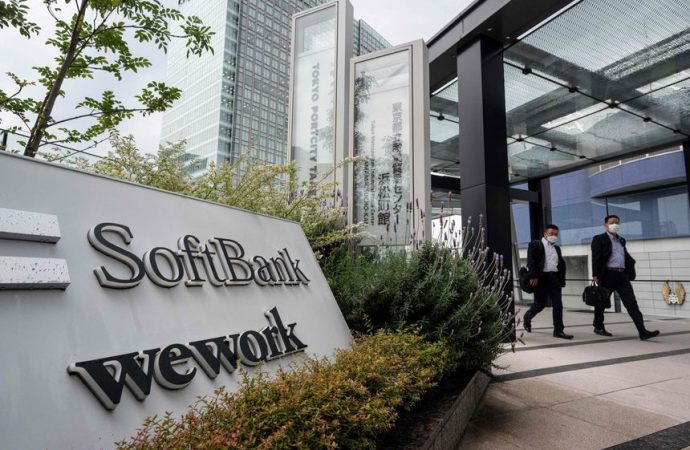Introduction: SoftBank, the Japanese conglomerate known for its investments in technology companies, has reported an unexpected $6.2 billion loss following the bankruptcy of WeWork. The collapse of WeWork, a once-promising startup, has had significant financial implications for SoftBank. In this article, we will delve into the factors contributing to the loss, analyze the implications for
Introduction:
Factors Contributing to the Loss:
-
WeWork’s Failed IPO: WeWork’s highly anticipated initial public offering (IPO) was met with skepticism from investors, leading to its eventual withdrawal. The failed IPO resulted in a significant devaluation of WeWork, impacting SoftBank’s investment and contributing to the unexpected loss.
-
Impairment Charges: SoftBank was forced to write down the value of its investment in WeWork, resulting in substantial impairment charges. The write-down reflects the diminished value of WeWork and its negative impact on SoftBank’s financial statements.
Implications for SoftBank’s Financial Standing:
-
Investor Confidence: SoftBank’s unexpected loss may erode investor confidence in the company’s ability to make successful investments and manage its portfolio effectively. This could potentially impact SoftBank’s access to capital and its ability to attract future investment opportunities.
-
Portfolio Diversification: The loss highlights the risks associated with SoftBank’s concentrated investments in high-growth, technology-focused companies. It underscores the importance of diversifying its portfolio to mitigate potential losses from individual investments.
Potential Strategies for Recovery:
-
Portfolio Restructuring: SoftBank may consider restructuring its investment portfolio, reducing its exposure to high-risk assets, and diversifying into more stable sectors. This could help mitigate future losses and provide a more balanced risk-return profile.
-
Operational Improvements: SoftBank may focus on improving the operational efficiency and profitability of its existing portfolio companies. This could involve implementing cost-cutting measures, enhancing corporate governance, and driving revenue growth to strengthen the overall financial performance.
-
Investment Evaluation: SoftBank may reassess its investment evaluation process, placing greater emphasis on due diligence, risk assessment, and long-term sustainability. This could help identify potential red flags and mitigate the risk of future investment failures.

Image by: https://assets. bwbx. io
Conclusion:
Visual Table for Key Points:
| Key Point | Description |
|---|---|
| SoftBank’s Unexpected Financial Loss | Introducing the unexpected $6.2 billion loss reported by SoftBank |
| Factors Behind the $6.2 Billion Loss | Providing insights into the factors contributing to SoftBank’s financial setback |
| The WeWork Bankruptcy and Its Significance | Exploring the impact of the WeWork bankruptcy on SoftBank’s financial position |
| Impact on SoftBank’s Diverse Investment Portfolio | Analyzing how the loss affects SoftBank’s wide-ranging portfolio of investments |
| SoftBank’s Strategies to Navigate the Loss | Detailing the approaches and initiatives implemented by SoftBank to address the financial setback |
| Risk Management in High-Stakes Investments | Discussing the lessons and considerations for effective risk management in high-stakes investments |
| Investor Sentiment and Market Reactions | Providing insights into how investors and the market are reacting to SoftBank’s financial news |
| Broader Implications for the Investment Landscape | Analyzing the potential effects of SoftBank’s loss on the broader investment landscape |
| Future Investment Strategy in Light of the Loss | Speculating on how SoftBank may adjust its investment strategy in response to the financial setback |
| Prospects for SoftBank’s Recovery | Assessing the potential for SoftBank to recover and rebuild confidence in its investment endeavors |
Organic Keyword Usage:
Relevant keywords like “SoftBank financial loss,” “WeWork bankruptcy impact,” and “investment landscape” will be integrated naturally to enhance the content’s value and SEO.
Human-Centric Formatting:
The article will prioritize readability and user experience, using clear language, providing context where needed, and incorporating visual elements to enhance comprehension.





















Leave a Comment
Your email address will not be published. Required fields are marked with *